Female Rage in Art
Since Auguste Toulmouche’s 1866 masterpiece The Reluctant Bride recently captured the internet’s attention, discussions about female rage...
Martha Teverson 6 May 2024
It’s not a joke. Yan Pei Ming, a contemporary painter, uses a pretty extraordinary tool, which reminds me more of house renovation squads rather than an object for creating paintings full of tiny details. However, I cannot really talk of anything tiny here, as Yan is recognized for creating contemporary historical paintings of a gigantic scale, which require a monumental mop-brush.
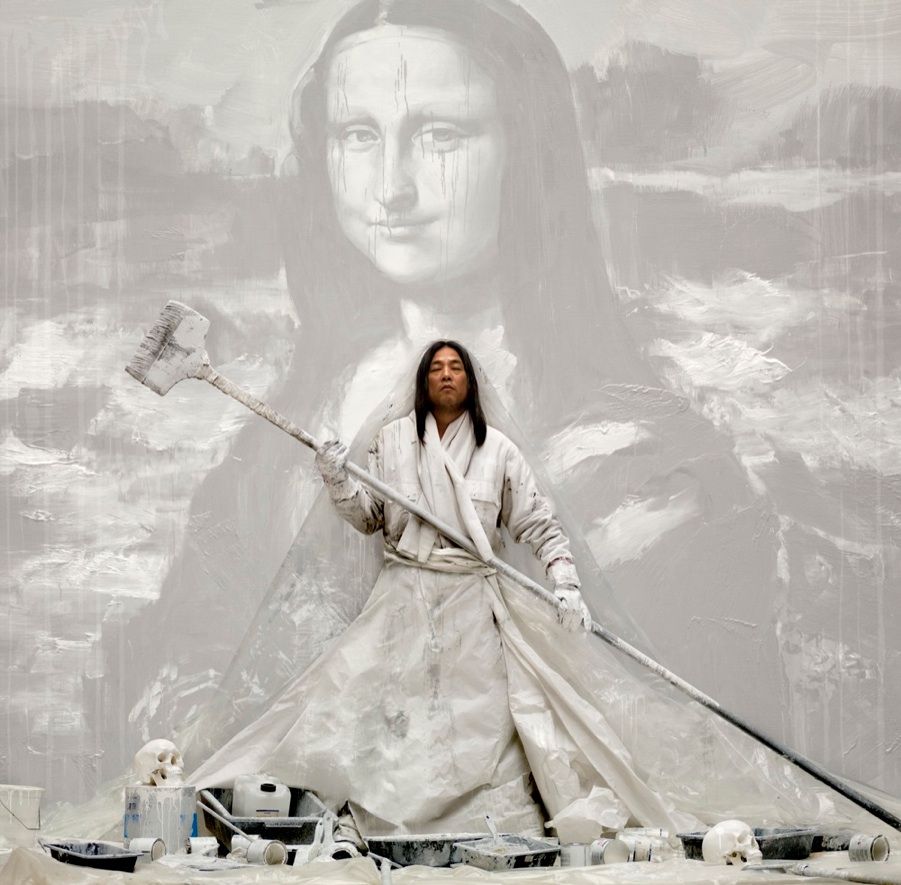
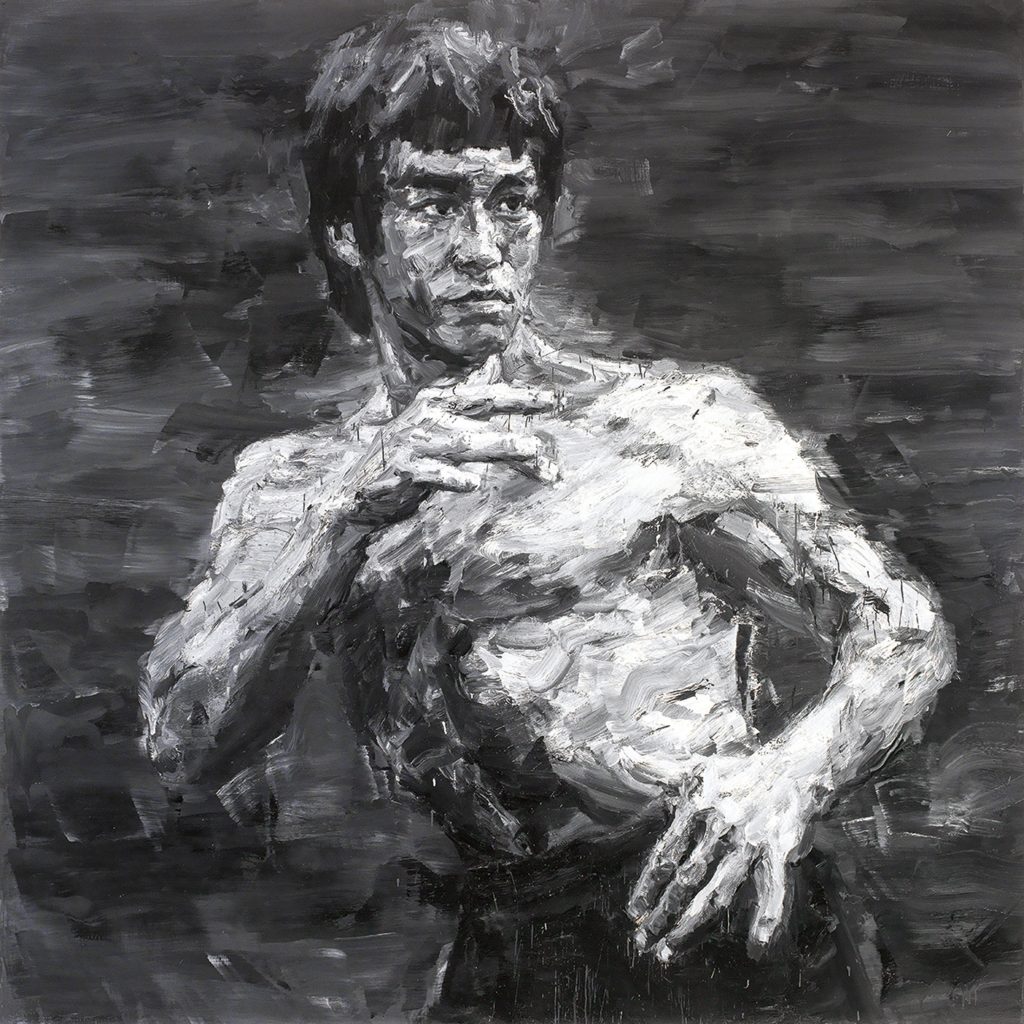
Yan Pei Ming was born in 1960 in Shanghai, hence he grew up in the midst of the Maoist Great Proletarian Cultural Revolution. He quickly discovered his artistic talent (as Yan admits, he drew because he couldn’t express himself in words) and the Communist regime put his talent to use. That is to say, Yan had to paint propagandist paintings in the Socialist Realism style, a style brought to China from the Soviet Union. However, Yan couldn’t stand the situation and decided to flee China in 1980 with a group of other artists. Consequently, he arrived in France to study at the École des Beaux-Arts in Dijon and graduated in 1999. During this time he travelled between Paris and the French Academy (Villa Medici) in Rome, where he also studied.
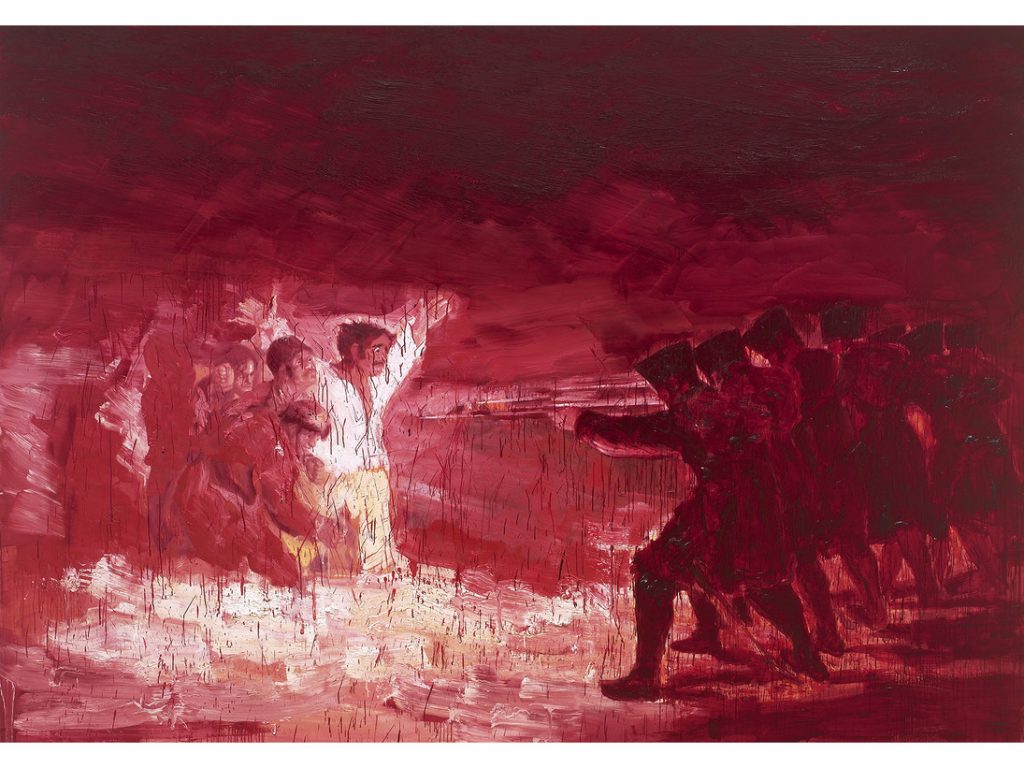
Maybe it’s because of his early years in propaganda painting that Yan had, but he made it his style to create works of large-scale historical paintings of the 19th century. If one adds the hieratic poses of his models and the solemn black-and-white-and-gray palette (with the occasional change for a saturated red of the venous blood) that recurs in Yan’s works, one gets a contemporary definition of monumental art. Monumental art elevates contemporary people and events to the highest category. In reference to history painting, Yan said:
“When Goya worked, he had to work from his imagination, but in my case I’m working from documentation. We’re surrounded by photographs and documents that attest to what has happened and I use that as source material.”
Yan Pei Ming, about Execution, Apres Goya. With Reference to Death.
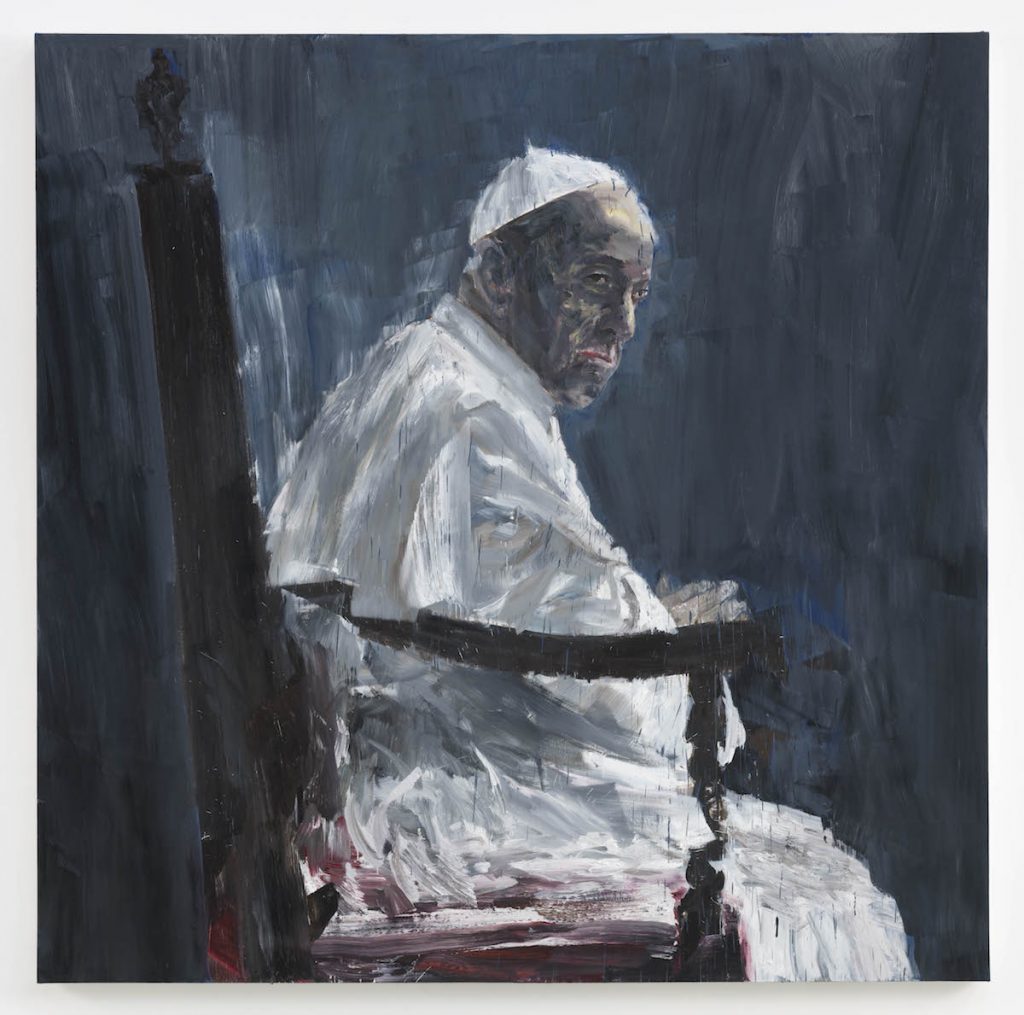
Yan adds that history is an eternal cycle, which repeats itself again and again.
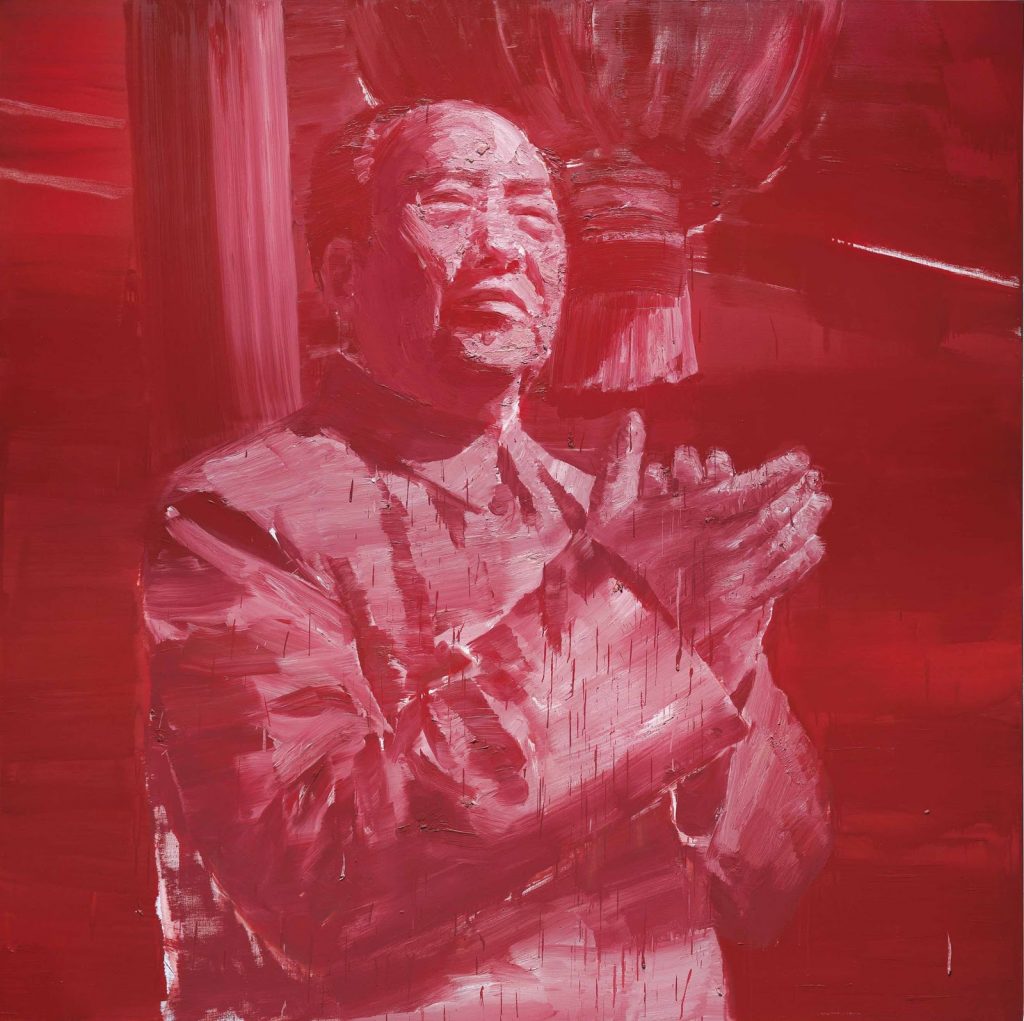
In 2009, Yan was the first Chinese artist ever to exhibit at the French Louvre. He presented a polyptych entitled The Funerals of Mona Lisa, composed of a portrait of crying Mona Lisa, a portrait of Yan’s dead father, and three self-portraits: two showing Yan’s skull and the third showing him on his deathbed. The theme of death appears very often in Yan’s work, since he says that death of Mao Zedong when Yan was 16 marked him for life. He adds that he is obsessed with executions and man’s capability to kill another man. Hence, he frequently paints his dead parents and long-gone individualities from the world of art, politics and pop culture.
DailyArt Magazine needs your support. Every contribution, however big or small, is very valuable for our future. Thanks to it, we will be able to sustain and grow the Magazine. Thank you for your help!